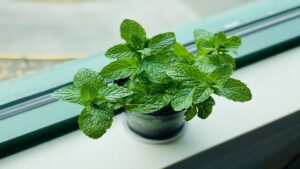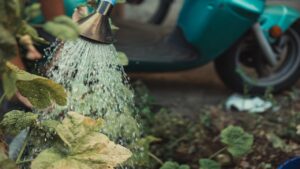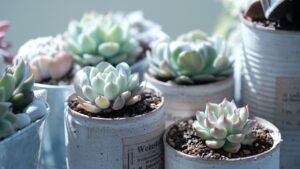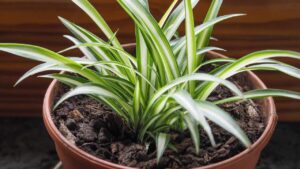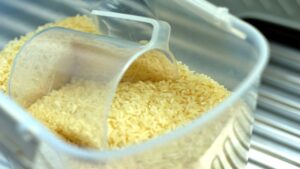Put a Newspaper on the Ground in Your Garden: You Will Quickly Solve a Big Problem
There is a trick known to the most brilliant farmers and gardeners, which involves placing a newspaper on the ground in the garden or around the plants on the balcony to solve an annoying problem. Which? Well, weeds.Whether in the garden, vegetable patch or on the balcony among our plants, the unwelcome appearance of these pesky intruders is a common woe. While a natural and rustic appearance is often appreciated, it becomes less desirable when weeds threaten the well-being of our plants.
How to use newspaper on the ground to solve your weed problem

Certainly, there are numerous commercial products designed to tackle the weed issue, but these often contain harmful chemicals that pose risks to both us and the environment. Even resorting to natural substances like salt carries the danger of harming our plants and increasing the salinity of the soil too much.
To overcome this, the solution lies in using newspapers. The process involves placing several layers of newspaper around the plant, ensuring multiple overlapping layers, preferably three or four. However, it’s important not to make the layer too thick, preventing the paper from becoming excessively moist and avoiding the risk of the plant rotting.
Before laying it on the ground, you can dampen the newspaper by spraying it with a spray bottle to prevent it from becoming soggy. The newspaper forms a protective barrier around the plants, inhibiting the growth of weeds by preventing them from taking root. Additionally, as it absorbs water, it helps maintain optimal soil moisture levels and contributes to stabilizing soil temperatures.
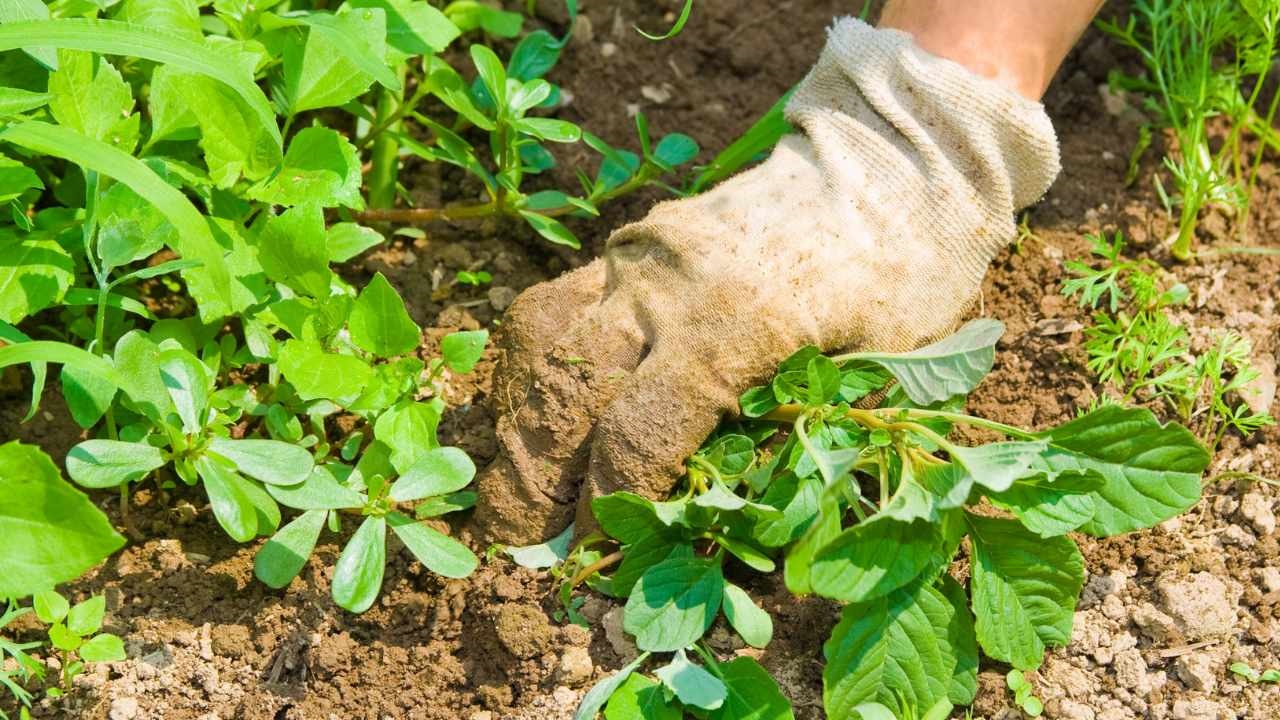
However, there may be concerns about whether the ink in newspapers could impact the soil and plant growth. To address this, we could replace newspapers with cardboard. In this case, additional layers are unnecessary, as cardboard is already thick enough.
If you find the sight of plants surrounded by newspaper or cardboard unappealing, you can simply cover them with leaves, twigs, or a layer of soil to disguise everything.
